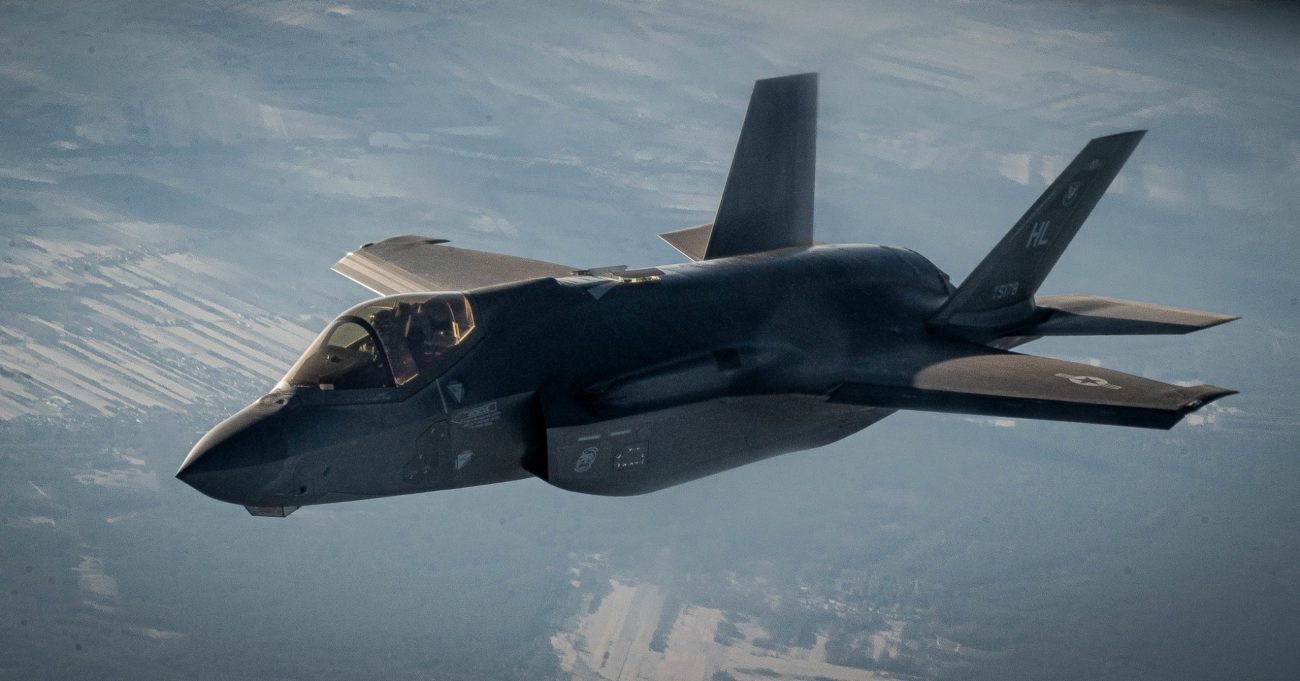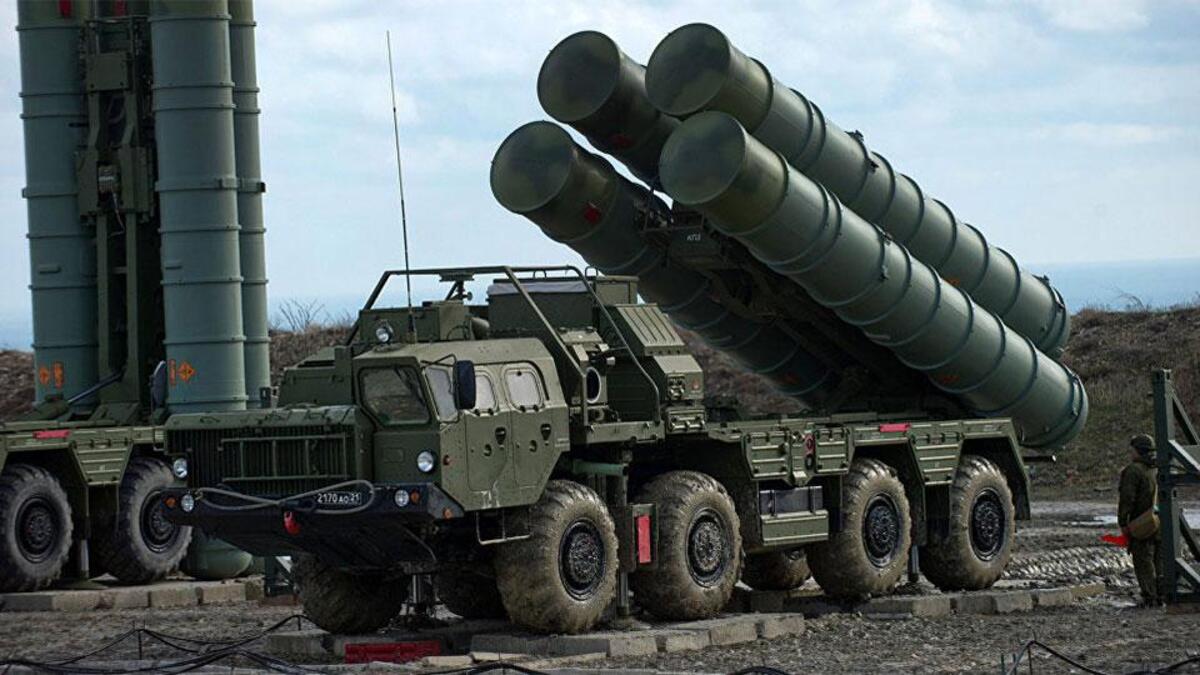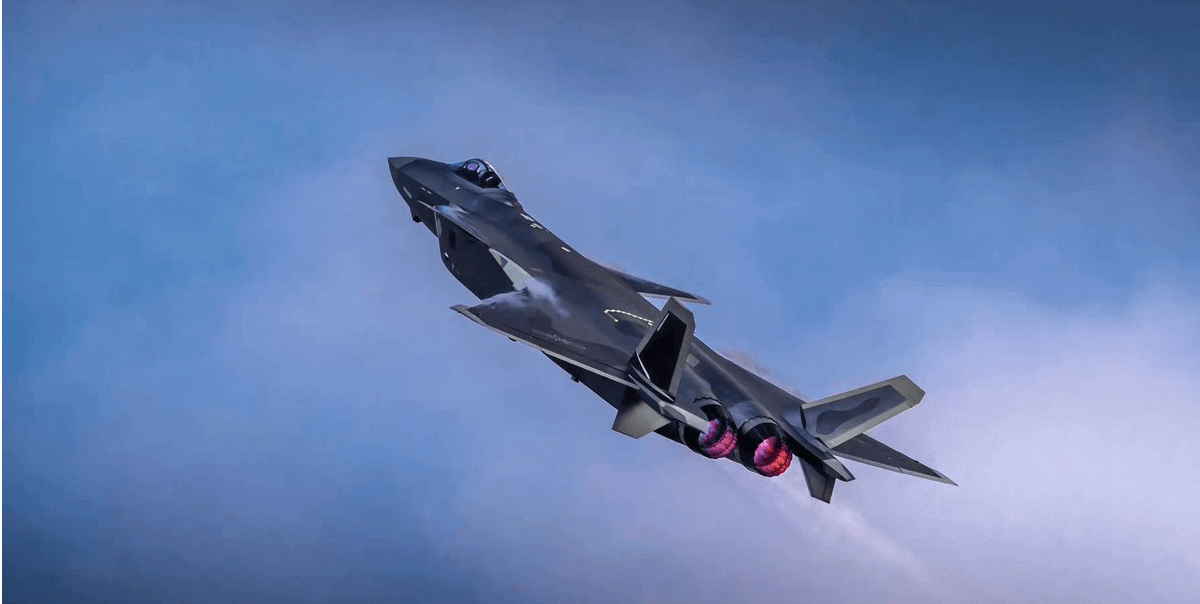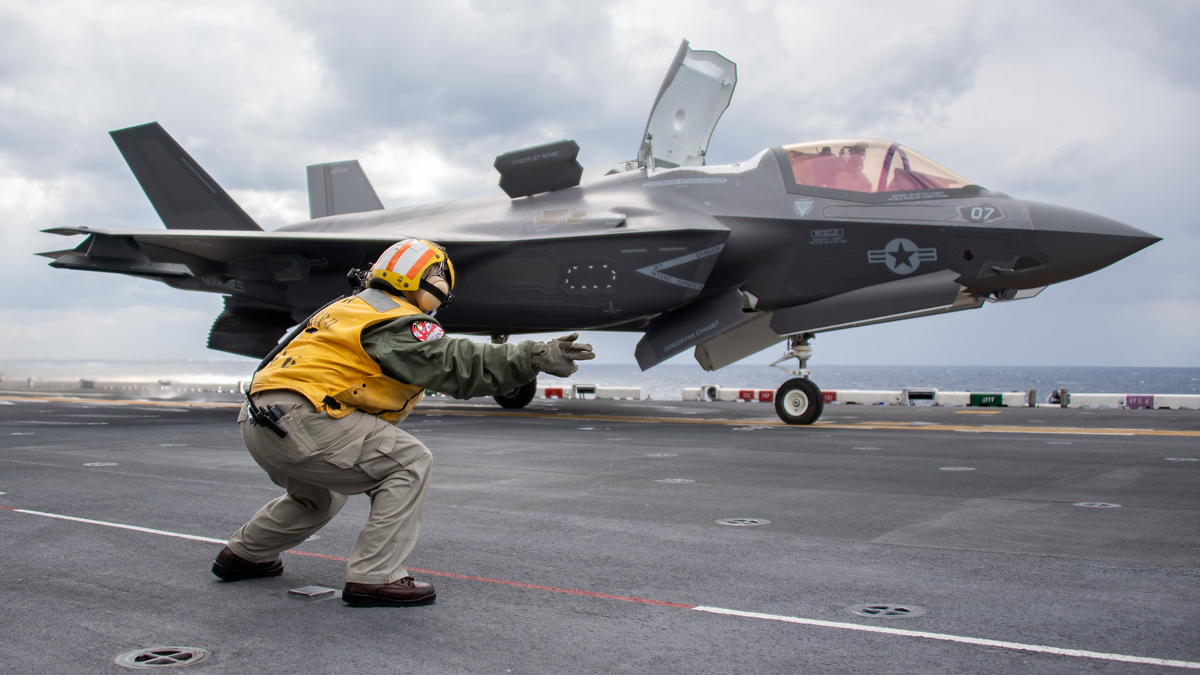In yet another hurdle for the F-35 program, the Pentagon has postponed critical simulator tests required before the full-rate production of the stealth fighter is allowed.
Ukraine’s ‘Trophy Hunters’: Images Of Top Officials With ‘Seized’ Russian AK-12 Assault Rifles Take Internet By Storm
Lt. Gen. Eric Fick, a top official with the F-35 Joint Program Office, said in a roundtable with reporters on March 8 that the critical joint simulation environment (JSE) testing, is now expected to take place in early spring or summer of 2023.
The JSE testing is required before the “Milestone C” decision – the green signal for the full-rate production — is given.
While it is unclear why the simulation test has been rescheduled, the JSE work may have been disrupted by the Covid-19 pandemic, according to Defense News.
The Joint Strike Fighter (JSF) program kicked off in 2001 after Lockheed Martin won the contract for the System Development and Demonstration (SDD) phase.
In 2010, the JSF program was restructured with the extension of SDD phase by 13 months, thus delaying the full-rate production decision to November 2015. Since then, the program has met several impediments, owing to various reasons.

Asked whether the tight time schedule effectively makes impossible a decision on full-rate production in fiscal 2023, Fick said, “I don’t think it rules it out.”
“But in the event that our [testing was] to slip by any appreciable margin, there’s not a lot of leeway between the end of the summer, the generation of the report, and the ability to have a milestone [C] decision,” he said.
The JSE is a specialized simulation facility located at Maryland’s Naval Air Station Patuxent River where weapon platforms can be operated under simulated environments.
Decoding The Simulation Test
For the F-35 program, the test will involve up to 14 interlinked simulated cockpits, each representing an F-35 fighter, “flown” by pilots through 64 high-end threat scenarios of varying densities under realistic weather, sun/moon settings.
The aircraft’s performance will be examined against a combination of airborne and ground-based threats, for example, Chinese J-20 stealth fighter and Russian S-400 missile defense systems, etc.

These weapons can be replicated in a highly precise computer simulation, providing the military a glimpse of how the F-35 would fare against the best of Russian and Chinese weapons.
Another advantage is that simulated environment tests are cheaper than flying real planes; 14 F-35s flying at $45,000 an hour would cost approximately $630,000 per hour.
“The JSE is a tool … to verify the F-35′s performance against a series of threats that we can’t get to in the open air, short of actual combat,” Fick said.
For these tests to be performed, the simulation software has to be programmed to accurately replicate the real-world performance of all the F-35’s mission systems. The accuracy of the simulation itself needs to be validated which would involve flying the real F-35s over test ranges to collect data about how the various mission systems respond to a radar signal or other threats.

These responses are then programmed into the simulation software to make the entire facility such as JSE in this case, as close to reality as possible.
The Department of Operational Test and Evaluation (DOT&E) noted in last year’s report that JSE was expected to be ready in mid or late 2021 and in the preceding report, the department expected the JSE to be ready by summer of 2020, however, none of those estimates have thus far materialized.
In the March 8 roundtable session, Fick has said that the Defense Department is working through the validation, verification, and accreditation of the simulation’s components.
About half of the 88 packages necessary for this step have been completed and the rest are expected to be completed by May, following which the simulation components will be brought together into broad scenarios for their own validation, verification, and accreditation, which according to Fick, is expected to be done by September.

After that, the JSE will be ready for the tests which may take place next year.
Meanwhile, production of the F-35 continues under the Low-Rate Initial Production (LRIP) phase and as of 2021, the US military has purchased a total of 753 aircraft, while the FY2022 defense authorization bill has appropriated a procurement budget of $8.7 billion for 85 aircraft units – 48 F-35As for the Air Force, 17 F-35Bs for the Marine Corps, 20 F-35Cs for the Navy and Marines.
Fick told the reporters that even though the JSE has not been completed yet, “we’re very confident” in the F-35′s ability to fight if it had to engage in combat in Europe — six of these are deployed to the eastern flank of NATO after Russia’s invasion of Ukraine.
This confidence is rather not misplaced when viewed against the backdrop of a recent announcement by the Israeli Air Force (IAF) which last year, as The Eurasian Times has reported, successfully used its F-35I Adir fighters to neutralize two Iranian drones.
- Written by Tanmay Kadam/EurAsian Times Desk
- Contact the author at etdesk@eurasiantimes.com
- Follow EurAsian Times on Google News




